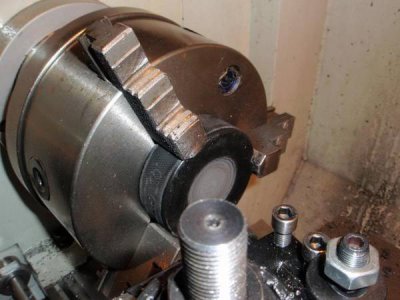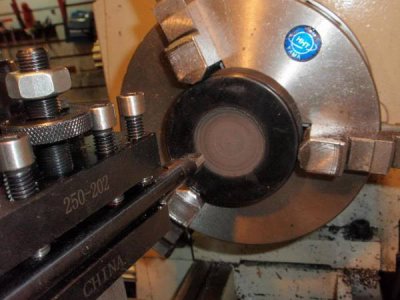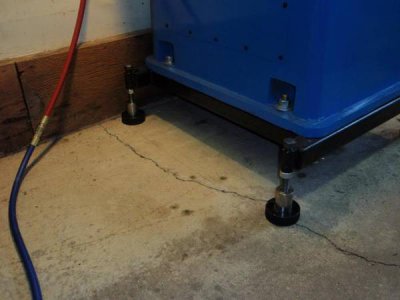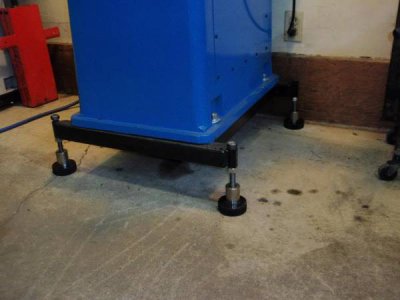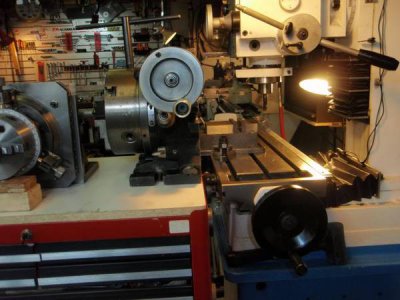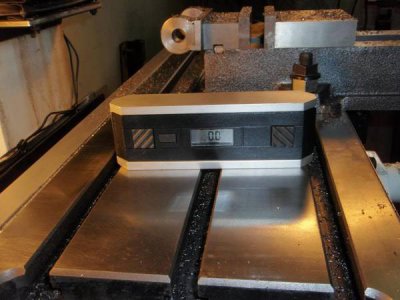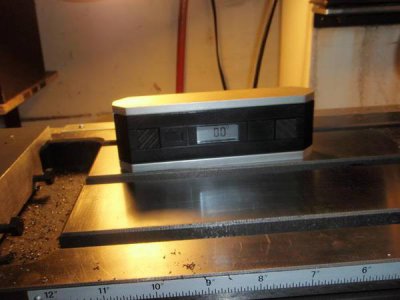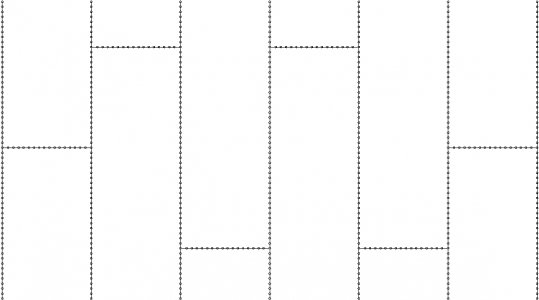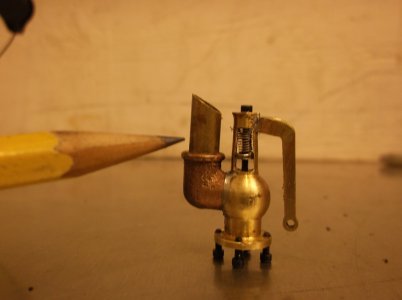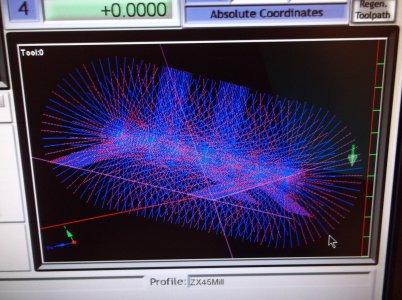- Joined
- Feb 17, 2013
- Messages
- 336
I've been using my recently purchased Vertex super spacer quite a bit lately and although I quite like it, it is hard to move from the bench to the mill since it weighs 170 lbs. I cut a piece of melamine and put it on top my dad's old Craftsman tool box so I can put the heavy mill accessories on it and roll them up to the mill. My goal was to make the mill table the same height as the top of the tool box but even with the adjustable legs on the mill at full height it was still 3/4" short. I decided to use rubber mounts under the mill legs made from hockey pucks. I put the 4 pucks in the freezer overnight to make them harder and used the lathe to turn a 1/4" deep pocket in each one 1.5" in diameter to fit the feet on my mill legs. Now the top of the tool box is level with the mill table so I can slide the Vertex very easily from one to the other. The mill seems smoother with the rubber feet and I'm liking the extra height too. I got it nicely levelled afterward, I'll check in a week to see if it stays level with the rubber mounts.
